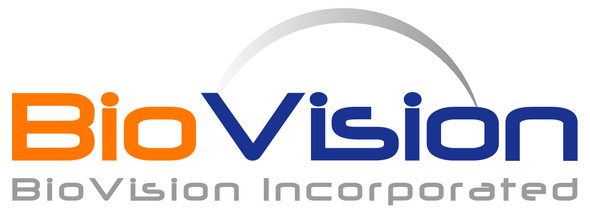Description
Caspase-3, rat recombinant is available at Gentaur for Next week delivery.
A cysteine-aspartic acid protease involved in apoptosis
Biomolecule/Target: Caspase-3
Alternates names: Caspase-3, Short name=CASP-3, Apopain, Cysteine protease CPP32, Short name=CPP-32, IRP, LICE, Protein Yama, SREBP cleavage activity 1, Short name=SCA-1
Synonyms: Caspase 3
Background Information: Caspase-3 (also know as CPP32, Yama and apopain) is a major member of the caspase-family of cysteine proteases. Caspase-3 exists in cells as an inactive 32 kDa proenzyme. During apoptosis procaspase-3 is processed at aspartate residues by self-proteolysis and/or cleavage by upstream caspases, such as caspase-6 (Mch2), caspase-8 (Flice) and grazyme B. The processed form of caspase-3 consists of large (17 kD) and small (11 kD) subunits which associate to form the active enzyme. The active caspase-3 has been shown involving in the proteolysis of several important molecules, such as poly (ADP-ribose) polymerase (PARP), the sterol regulatory element binding proteins (SREBPs), focal adhesion kinase (FAK), and others. The recombinant active human caspase-3 expressed in E. coli spontaneously undergoes autoprocessing to yield subunits characteristic of the native enzyme. The active caspase-3 preferentially cleaves caspase-3 substrates (e.g., DEVD-AFC or DEVD-pNA) and is routinely tested at BioVision for its ability to enzymatically cleave these two substrates Ac-DEVD-pNA (Cat. #1008-200) or Ac-DEVD-AFC (1007-200).
Reconstitution Instructions: Reconstitute to 1 unit per µl in PBS containing 15% glycerol.
NCBI Gene Symbol:
Additional Information
Size: |
25 units |
Adwords: |
Yes |
Country of Manufacturing Origin: |
USA |
Country of Animal Origin: |
USA |
Gene Source: |
Rat |
Recombinant: |
Yes |
Source: |
E. coli |
Purity by SDS-PAGE: |
N/A |
Assay: |
SDS-PAGE |
Purity: |
N/A |
Assay 2: |
HPLC |
Endotoxin Level: |
N/A |
Activity (Specifications/test method): |
300,000 units/mg |
Biological activity: |
N/A |
Results: |
N/A |
Molecular Weight: |
large (17 kD) and small (11 kD) subunits |
Storage Temperature: |
-70°C |
Shelf Life: |
12 months |
Concentration: |
N/A |
Appearance: |
Lyophilized powder |
Handling: |
Centrifuge the vial prior to opening. |






